Content
- 1 Floor creaking
- 2 Gap formation
- 3 Parquet Cracks
- 4 Stains under varnish
- 5 Curve pattern
In the process of installing parquet, a variety of troubles often arise, which are realized in the manifestation of squeaks, warping, drying out and other negative properties. In order to avoid all this, we will consider the most common mistakes made by the master when laying a parquet board.

Floor creaking
Often, the cause of the creak is not only parquet, but also the plywood board itself. The presence of a creak indicates that the structure is not stationary, and its individual elements are able to move under load. The reason for such a defect may be: poor-quality screed, insufficiently strong adhesive, poor quality of the parquet itself or plywood.

Gap formation
The diverging slabs of the parquet indicate that the wood was raw during the laying process, and after some time it dried out and changed its shape. As a rule, the main reason is the improper storage of the material. If the room has a low level of humidity, then the parquet is likely to “dry out”. The moisture removed from it leads to a decrease in the size of the parquet. Sudden evaporation often causes significant deformation.

Parquet Cracks
A change in the moisture level of a tree leads to a sharp increase or decrease in volume. The reason for the rupture of the panels can be such mistakes made during installation, such as dry glue or an excessively large amount of varnish applied to the surface. In any case, cracks on the floorboard are most often explained precisely by the negative effects of moisture.

Stains under varnish
If a sufficient amount of time has not passed after laying the parquet, most likely, the moisture in it has not yet had time to weather. The varnish applied to the coating of the laminate will in every way prevent this, accumulating various spots and stains under its layer.

A poorly sanded surface can also reflect various traces of whitewash, glue, and other building materials.
Curve pattern
Often on laid parquet you can find uneven laying lines. This shortcoming is explained by tightly knocked down dies. It is possible that low-quality material during the installation process requires great effort, which leads to a more dense stacking of elements.

Laying parquet is a rather complicated process. This material is so demanding that working with it should be ensured by the presence of not only certain knowledge, but also experience.
-
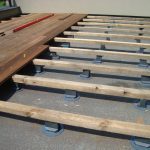 When an adjustable floor is more profitable than a capital screed
When an adjustable floor is more profitable than a capital screed
-
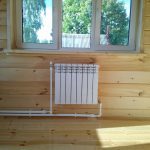 What mistakes are made when the radiator is connected diagonally?
What mistakes are made when the radiator is connected diagonally?
-
 What are the consequences of building a site without permission?
What are the consequences of building a site without permission?
-
 What errors lead to water hammer in the heating system and how to avoid them
What errors lead to water hammer in the heating system and how to avoid them
-
 Why does the grinder work, but the disk does not spin
Why does the grinder work, but the disk does not spin
-
 What could cause the cabinet door to bend
What could cause the cabinet door to bend
-
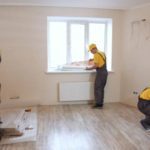 5 reasons to change the wizard without waiting for the repair to finish
5 reasons to change the wizard without waiting for the repair to finish
-
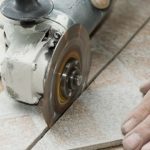 How to cut tiles without dust
How to cut tiles without dust
-
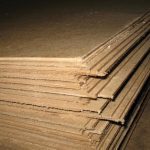 How to cut a fiberboard with a flat edge with a regular grinder
How to cut a fiberboard with a flat edge with a regular grinder
-
 Why you should not put aluminum radiators on central heating
Why you should not put aluminum radiators on central heating
-
 Why you can not allow for flaws in the installation of roof nodes from corrugated board
Why you can not allow for flaws in the installation of roof nodes from corrugated board
-
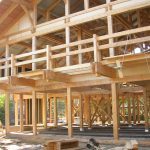 What boards can not be used for half-timbered
What boards can not be used for half-timbered
New publications are published daily on our channel in Yandex. Zen
Go to Yandex. Zen


